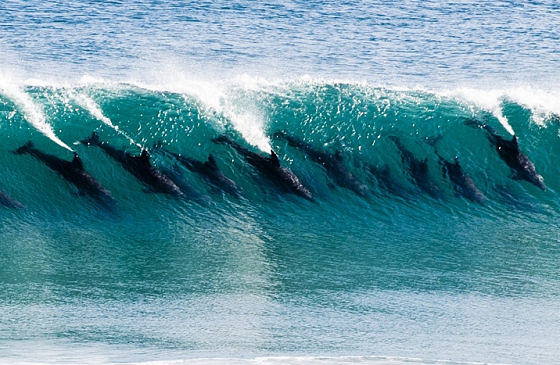India has officially recognized dolphins as non-human persons and will no longer be used for commercial entertainment that involves the capture and confinement of the species.
India is the fourth country in the world to ban the capture and import of cetaceans for the purpose of commercial entertainment along with Costa Rica, Hungary, and Chile.
Research that established dolphins are highly intelligent and sensitive is what led India's government to the decision of shutting down dolphin parks across the country.
"The scientific evidence we provided during the campaign talked about cetacean intelligence and introduced the concept of non-human persons", explains Puja Mitra from the Federation of Indian Animal Protection Organizations (FIAPO).
"The majority of dolphins and whales in captivity have been sourced through wild captures in Japan, in Taiji, in the Caribbean, in the Solomon Islands and parts of Russia. These captures are very violent".
The movement to recognize whales and dolphins as individuals with self-awareness and a set of rights gained momentum three years ago in Finland when scientists and ethicists drafted a Declaration of Rights for Cetaceans.
Dolphins have a level of self-awareness similar to that of human beings, can recognize their own reflection, use tools and understand abstract concepts. They develop unique signature whistles allowing friends and family members to recognize them.
